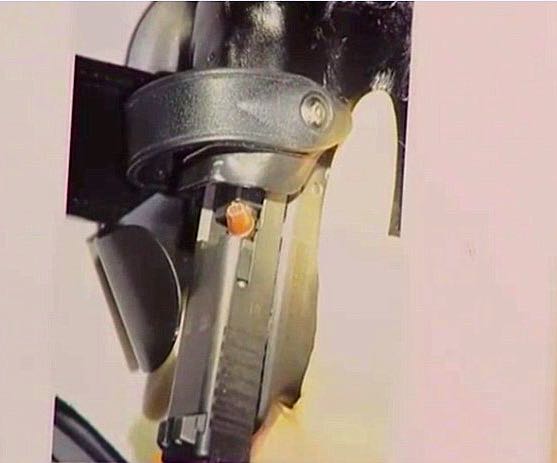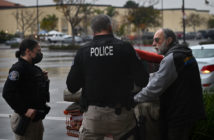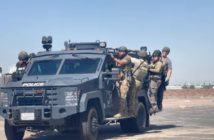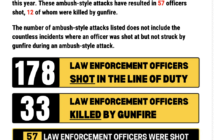By now it would seem most of America has seen the video clip of LAPD officers trying to detain a homeless robbery suspect on Skid Row. Tragically, the situation ended up with the officers shooting the suspect. The incident was captured on video by bystanders and almost immediately posted on Facebook.
The video then was shared over and over again. As of Wed., March 4, it had more than 30 million views worldwide. The numbers are mindboggling.
This doesn’t even count how many times the video has been Tweeted, YouTubed, Snapchatted and shared over the vast social media universe during the last few days.
I did a search for “LAPD” using Google Trends and found the activity outscored the coverage of the Christopher Dorner incident in terms of sheer Internet volume.
Of course, big names such as rapper “Big Boi,” with more than a million followers, post their own interpretation of the incident. This was followed by many, many other Tweeters.
Reading Big Boi’s tweet, you are led to believe that once again the racist, sadistic, jack-booted thugs that are the police executed a poor guy for absolutely no reason.
In the midst of all the noise, the LAPD now has to try and be heard, address public concerns and provide an accurate portrayal of the incident. Like many other police departments, the LAPD is faced with digging themselves out of a hole before they have even started.
I have to hand it to the officers who work Skid Row day in and day out. It is one of the most difficult policing environments in the country. The sheer concentration of the mentally ill, substance abusers and those with personality disorders is staggering.
I am certain there are few dull days working one of the busiest police beats in the country. The officers do this with limited resources and in partnership with service providers. But there is no easy cure and no widespread political will to deal with these overwhelming social issues.
So in the end, officers are tasked with trying to establish a semblance of social order in the midst of street anarchy — not an easy job for the men and women selected to do it.
The facts being presented in this case show officers were responding to help a homeless subject who had been violently robbed. The officers attempted to take the suspect into custody and ended up in a knock-down, drag-out altercation with someone who didn’t want to go to jail.
The suspect at some point grabbed an officer’s gun. This is really scary — I mean pee-your-pants scary. It’s something every police officer has nightmares about. You feel the tug at your holster and in a moment your gun now becomes the suspect’s gun.
Hence the officer screaming on the video a couple of times: “He’s got my gun!”
The LAPD did release a photo of the officer’s handgun with a bullet stove piped in the chamber. For those who don’t know what this means, the suspect was pulling the gun out of the holster, causing the slide to partially eject a round.
But trying to find that part of the story anywhere in the media is near impossible.
Officers fired their weapons at that point. How many shots and “who” shot will be determined by investigators during the process of collecting forensic evidence and getting statements from officers.
One morning radio show conversation revolved around, “How awful it is they had to shoot him so many times” and “Why didn’t they shoot him in the legs?” That is in itself another column but there is no police organization I am aware of that trains how to wound suspects. Cops are trained to “shoot to stop,” or to eliminate a threat.
As to how many shots?
If three officers fired their weapons that really means one or two shots each. In the end, the intent of the first shot is the same as the last shot: to eliminate the threat posed by the suspect.
The officers apparently utilized body cameras and the incident was recorded. This will help the investigation. Why not release the body camera video right away?
The district attorney will review the case to determine criminal culpability. Chances are the officers themselves probably have not seen the video footage prior to giving a statement. In the end, the video will be released, but not until after every witness has been interviewed over and over again. That also includes the officers involved.
LAPD has a real challenge: to communicate effectively and at a level of transparency that reassures the public. But how you deal with the tens of millions of people forming opinions at the warp speed of the Internet is something every police department still is trying to figure out.
Joe is a retired Anaheim Police Department captain. You can reach him at jvargas@behindthebadgeoc.com
 Behind the Badge
Behind the Badge




